Science Illustrated delivers natural science, break through discoveries and an understanding of the world for the entire family. Packed with stunning photography and in-depth editorial it’s a visually spectacular gateway to the world looking into the beginning of life to distant objects in the universe.
SUBSCRIBE TODAY for your chance to win a GARDENING PACK from GARDENA
Science Illustrated
MEGAPIXEL
Best home identified for first Martian colonists • Astronauts inhabiting a permanent Mars base will need to be protected against cosmic radiation more than 10 times the levels they would experience on Earth. The solution may be to live in volcanic lava tunnels, and scientists have now identified the ideal location to look for them.
Sweaty solar panels • Solar power plants in deserts are easily overheated, but water-absorbing gel can cool them back down – and increase their energy generation by up to 19%.
Mars was once a ringed planet – and its rings will return • New computer models show that the Red Planet’s two moons have a dramatic past. Phobos, the innermost moon, probably formed from the dust of a ring only 200 million years ago.
Teaching humans to hibernate • New experiments have manipulated mice and rats into hibernation, even though they do not do so naturally. It’s a step towards allowing astronauts to sleep away the tedium of space flight.
Could CRISPR kill cancer cells? • With the CRISPR-Cas9 genetic scissors, doctors can make small and accurate changes to cell DNA. Does this mean that the method could be used in the struggle against cancer?
Why do Christmas Island crabs swarm every year? • The beaches of Christmas Island are crowded with red crabs between October and December. Why do they migrate to the ocean at this time?
… bacteria can feed on oil pollution? • Oil spills are lethal to the environment, as evidenced by the BP Deepwater Horizon explosion in 2010. But where does uncollected pollution go? Is it eventually broken down in the ocean?
Why do silverfish live in bathrooms? • “I have silverfish in my bathroom, and I am puzzling over two things: where do they come from, and why do they seem to exist only in bathrooms?”
Does honey really never go off? • “I heard that honey has no expiry date. Is that true?”
… a bright star shone above Bethlehem? • According to the Bible, a star shone very brightly before and when Jesus of Nazareth was born. Could this be true?
Dinosaur cloning: KEEPING THE DREAM ALIVE… • New evidence of DNA in 75-million-year-old duck-billed dinosaur babies has breathed new life into the hope of reviving dinosaurs. But some scientists remain sceptical. Artificial fossil creation and sterile dinosaur hunts are providing answers.
The tools to revive ancient dinosaur DNA • Drilling machines, DNA printers, and artificial eggs – we have the tools, and if the claims of DNA discovery in dinosaur bones are correct, these techniques might be used by scientists to bring dinosaurs back to life.
Scientists disagree about DNA • Debated discoveries of DNA, proteins, and cells from dinosaurs in million-year-old fossils have caused controversy in the world of science. New research reveals that the discoveries are probably not what they were first believed to be.
Robots revive the past • Mutated chickens, robots, and holograms – cloning is not the only way to revive dinosaurs. New advances in genetics and engineering could yet make the dream come alive.
Cosmic speedometer displays two results: WHY DO WE LIVE IN A TWO-SPEED UNIVERSE? • How fast is the universe expanding? It’s a simple question to which scientists have no simple single answer – they have two. Accurate measurements indicate two different results, and the only logical explanation is that there’s...
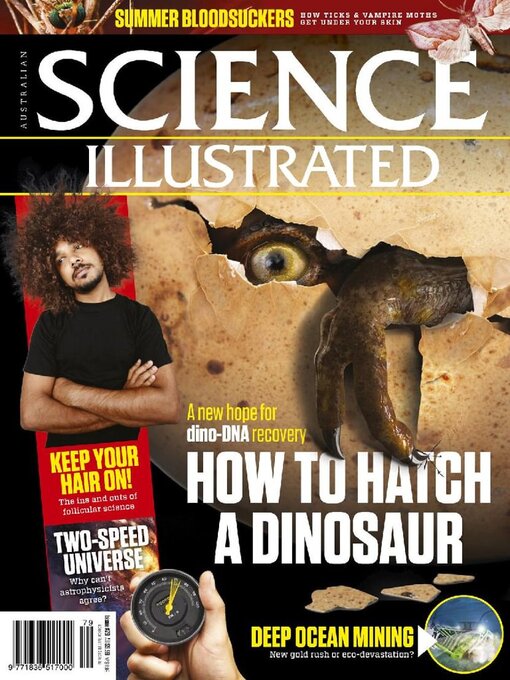
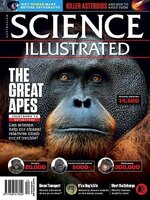 Issue 112
Issue 112
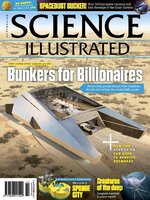 Issue 111
Issue 111
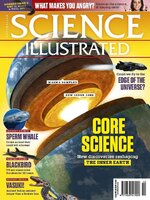 Issue 110
Issue 110
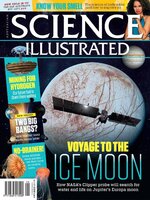 Issue 109
Issue 109
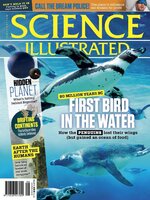 Issue 108
Issue 108
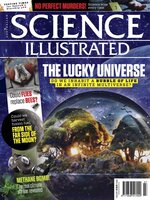 Issue 107
Issue 107
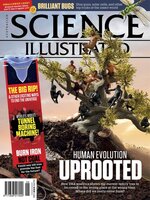 Issue 106
Issue 106
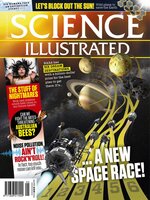 Issue 105
Issue 105
 Issue 104
Issue 104
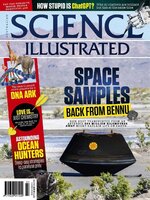 Issue 103
Issue 103
 Issue 102
Issue 102
 Issue 101
Issue 101
 Issue 100
Issue 100
 Issue 99
Issue 99
 Issue 98
Issue 98
 Issue 97
Issue 97
 Issue 96
Issue 96
 Issue 95
Issue 95
 Issue 94
Issue 94
 Issue 93
Issue 93
 Issue 92
Issue 92
 Issue 91
Issue 91
 Issue 90
Issue 90
 Issue 89
Issue 89
